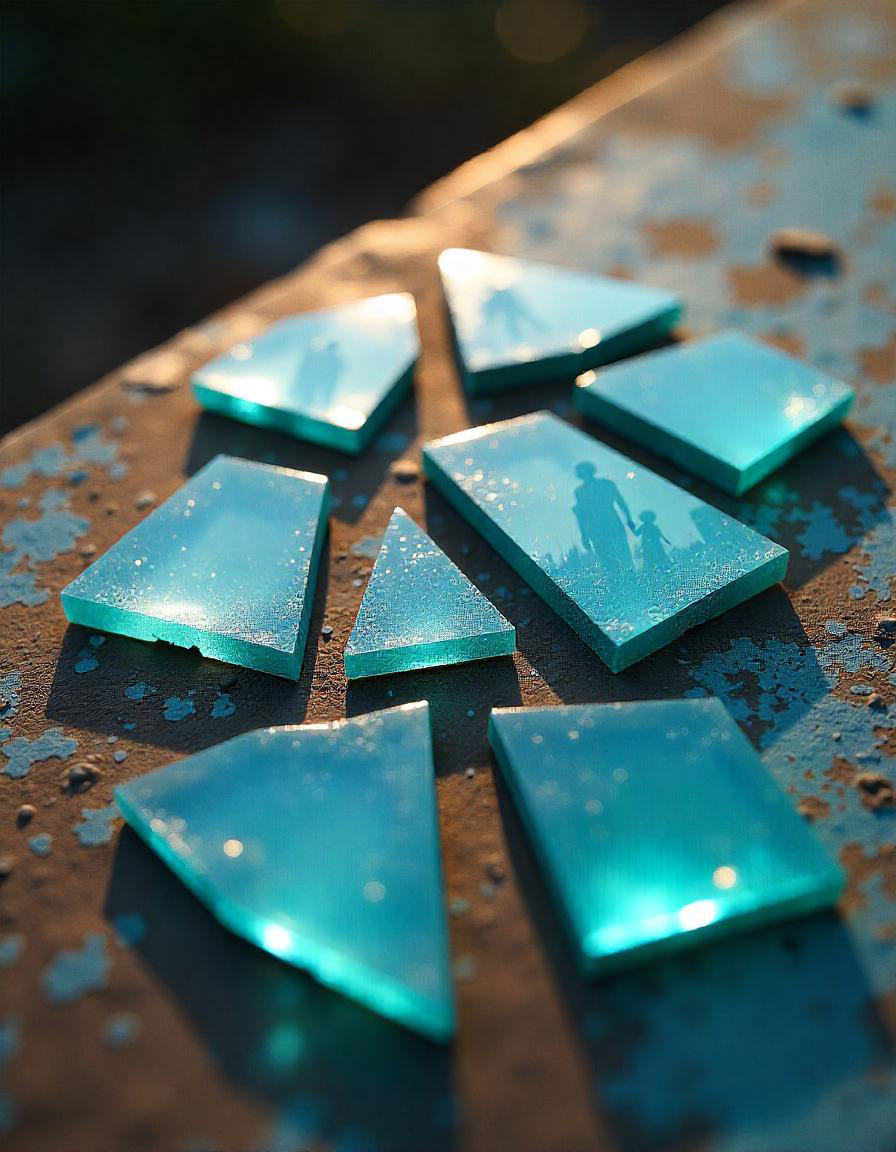Have you ever gazed at the magnificence of an enormous tree and wondered how something so great could come from a tiny seed? Perhaps, you have witnessed the miracle of a new baby being brought into the family and wondered how an entire human life could be created from two miniscule cells. Even those who have had the fortune of raising pets will never fail to be amazed by how small puppies and kittens can grow into large, healthy animals that scarcely resemble the little creatures that they used to be.
Yet, even greater than the surprise that lies in all of these observations, is the very strange sense of shock that we feel when we find our own childhood clothes, or pictures of ourselves as infants. We are struck by disbelief of how quickly so many years seem to have flown by, and how different we have become since the pictures were taken or since we used to wear those clothes.
At some point in every living thing’s life, it breaks free from a version of itself that differentiates it from its origin. There will always be a point in time when a seedling no longer fits within the seed coat, so it breaks through and grows free. There will be a time when puppies and kittens no longer need to be near their mothers and are free to find their own homes. There will always be a point in a child’s life when he develops his unique identity that lies beyond that of simply being his parent’s child. This is one of the most important phases in human life, because it determines the qualities that you will contribute to the world as you become part of the new generation.
No matter how different and far we grow from our parents and ancestors, there is always a piece of them that we will carry within us. Regardless of how badly we wish to do so, there is no way for us to completely exclude some of the qualities of our origin from our nature. For example, take some of our physical features. If we inherit dark hair from our parents, we will have dark hair for the rest of our lives regardless of whether we like it or not. We can try to dye it or cut it, but when new hair grows, it will always be in its original colour. When we pass on the feature to our children, it will likely be the colour that we inherited, not the colour that we chose to dye it. In the same manner that accepting your hair colour is not harmful, there is also no great harm in dyeing your hair if you wish to do so.
Some qualities, however, are much different and more complex than the hair colour that we inherit. Some qualities are born from a place of hurt and suffering, and passed on to the next generation like a painful heirloom.
Intergenerational trauma is a real phenomenon that has gradually infiltrated hundreds of generations of people. They are shards of glass that depict grievous memories of the past, and when they are passed onto future generations, they serve no other purpose than to hurt and cause bloodshed. When we experience trauma and suffering, we have the personal responsibility of coming to terms with it before we embark on the journey of passing on wisdom to the new generation. Intergenerational trauma is a complicated cycle that cannot be stopped overnight. However, understanding it can be the first step to raising a new generation that does not carry the burden of their parents and ancestors’ trauma.











